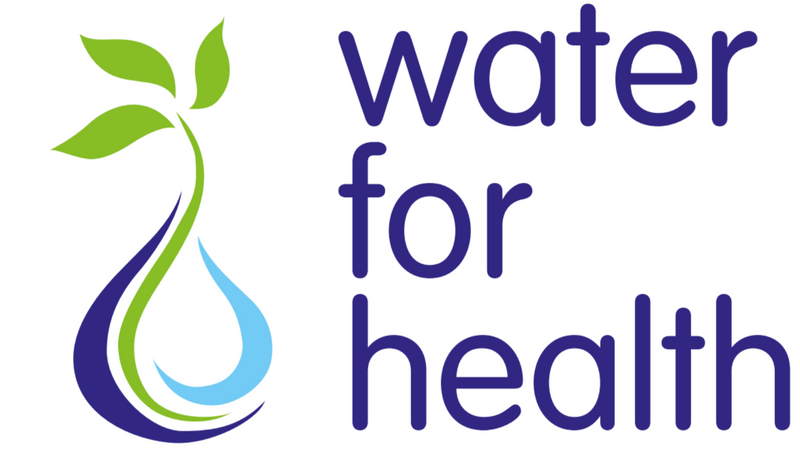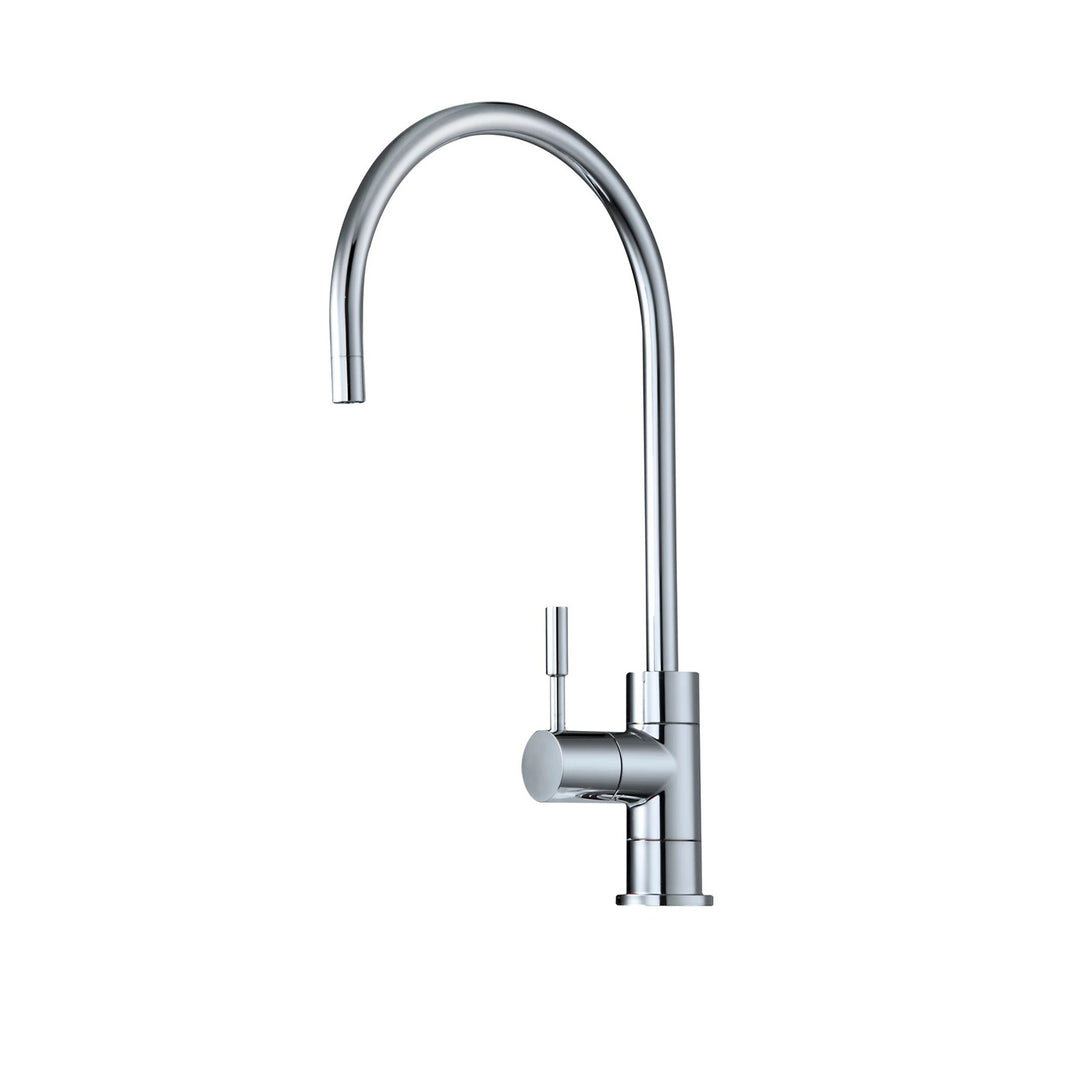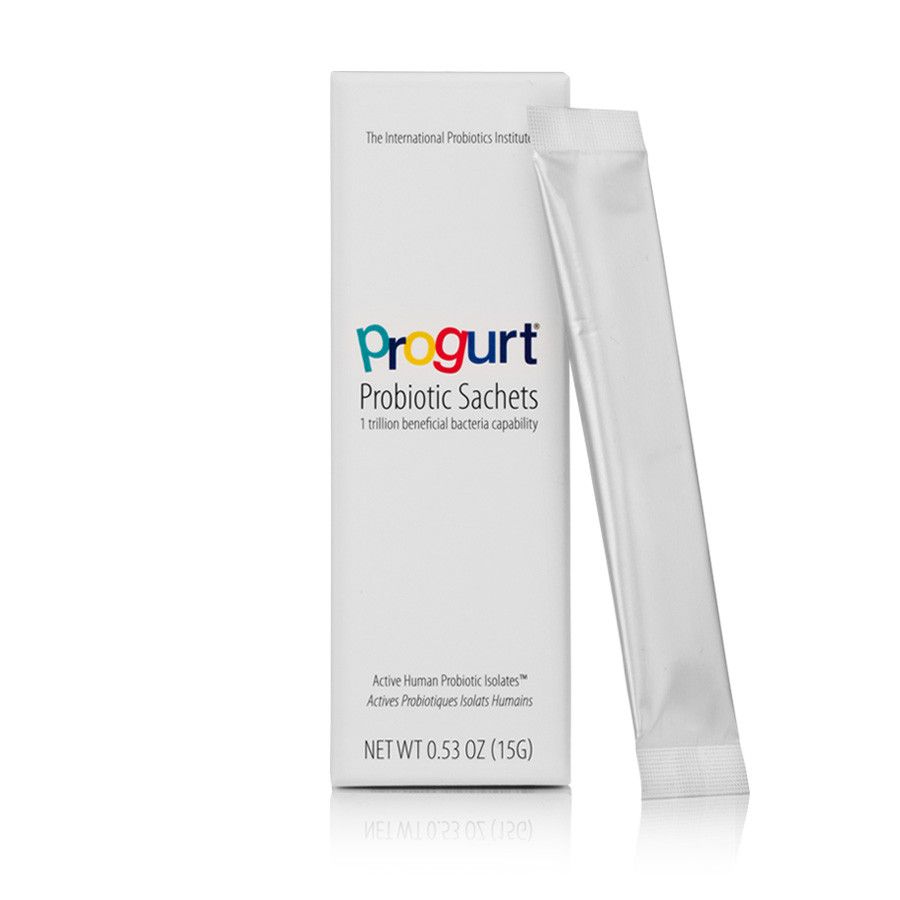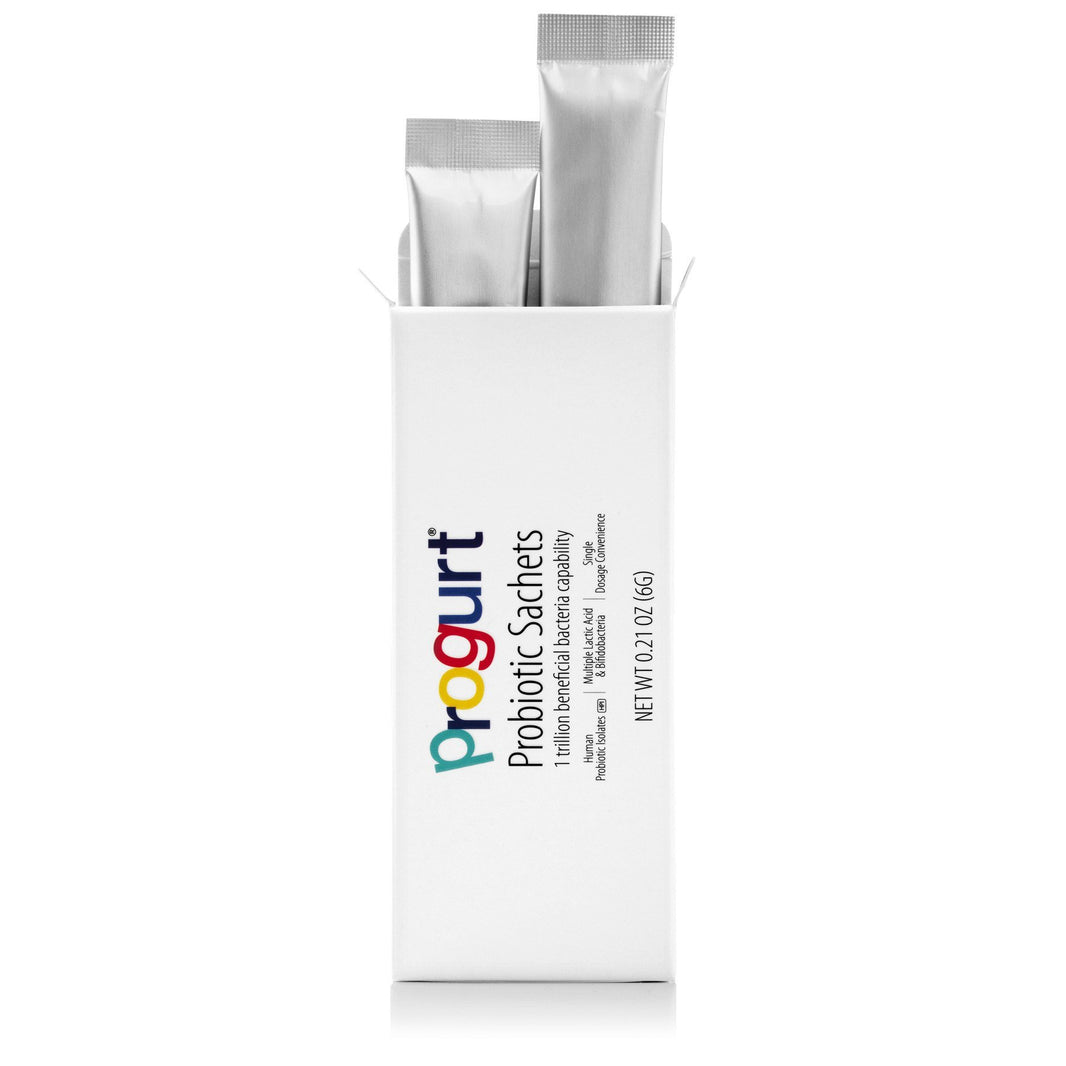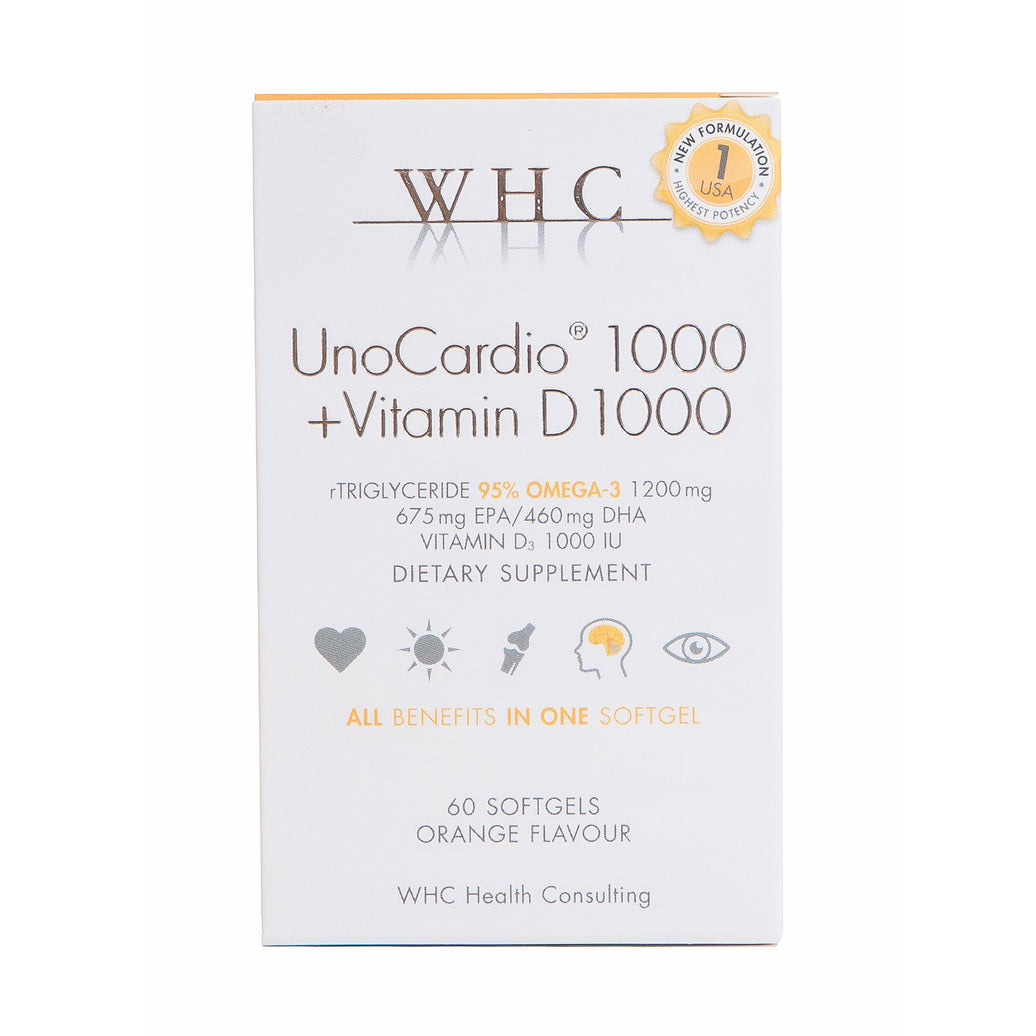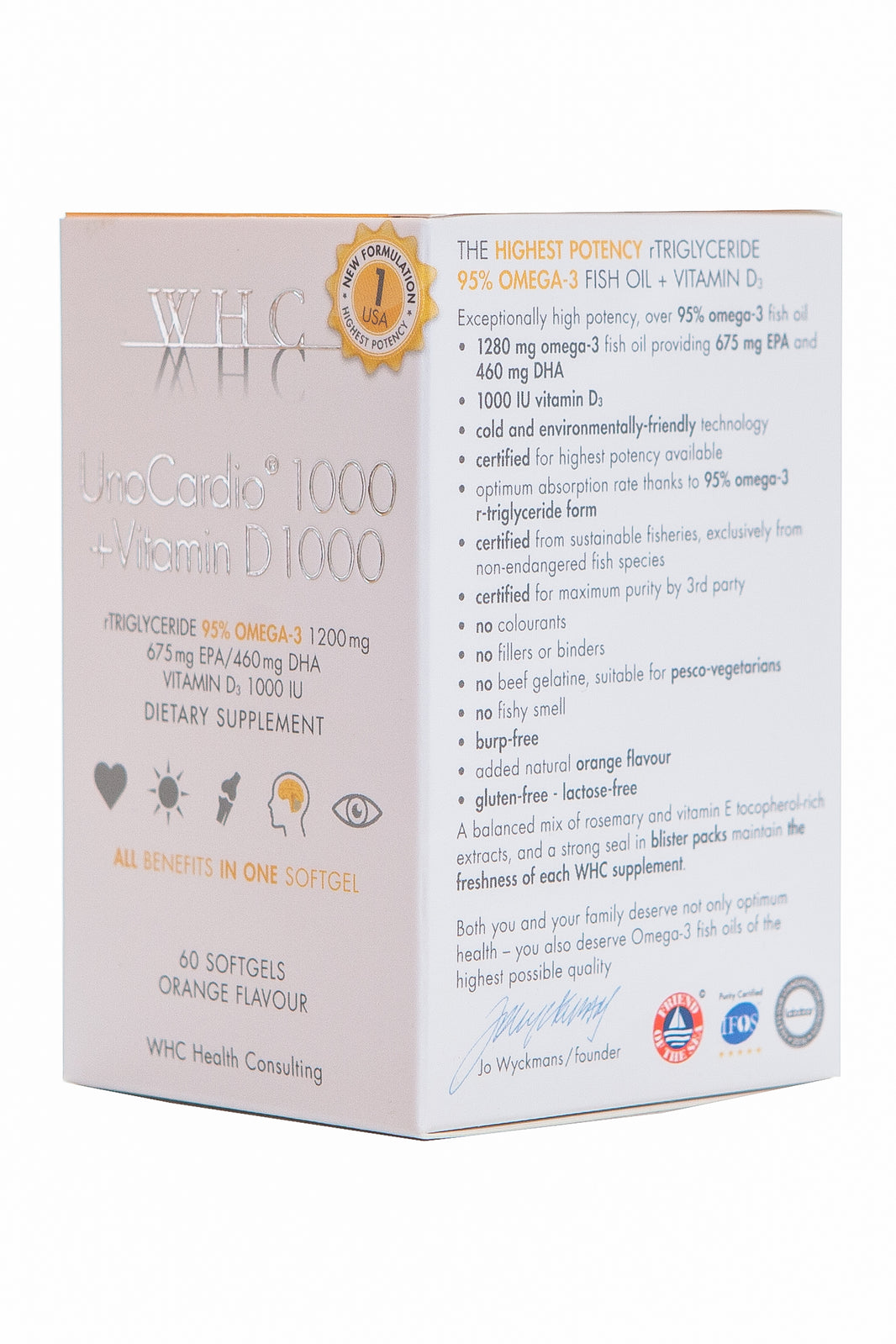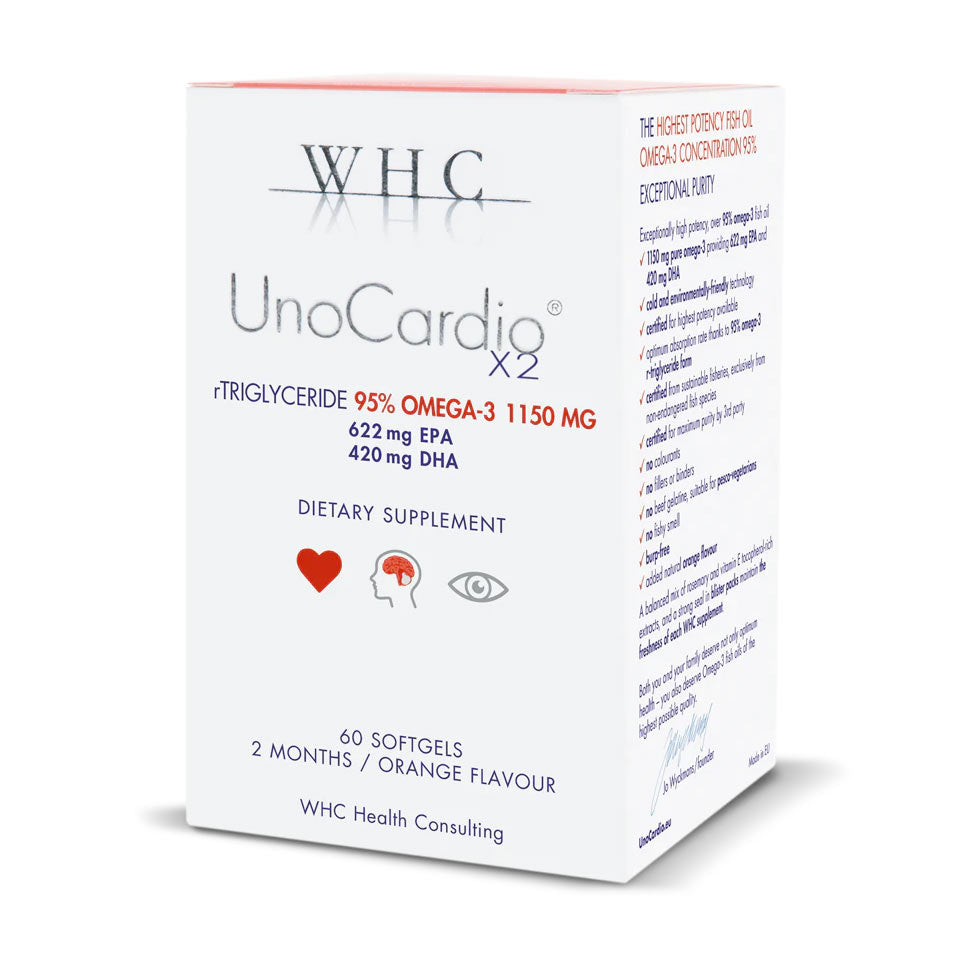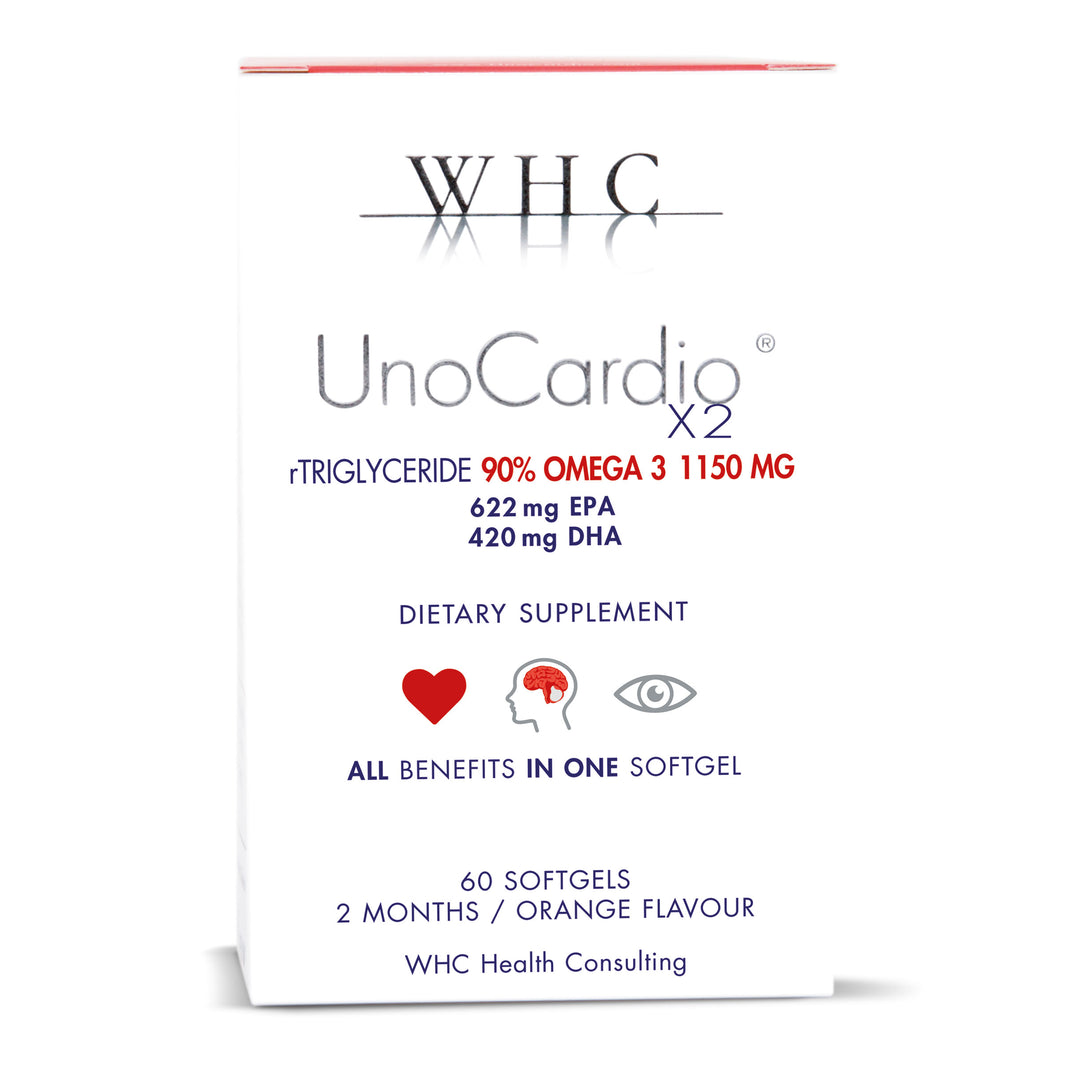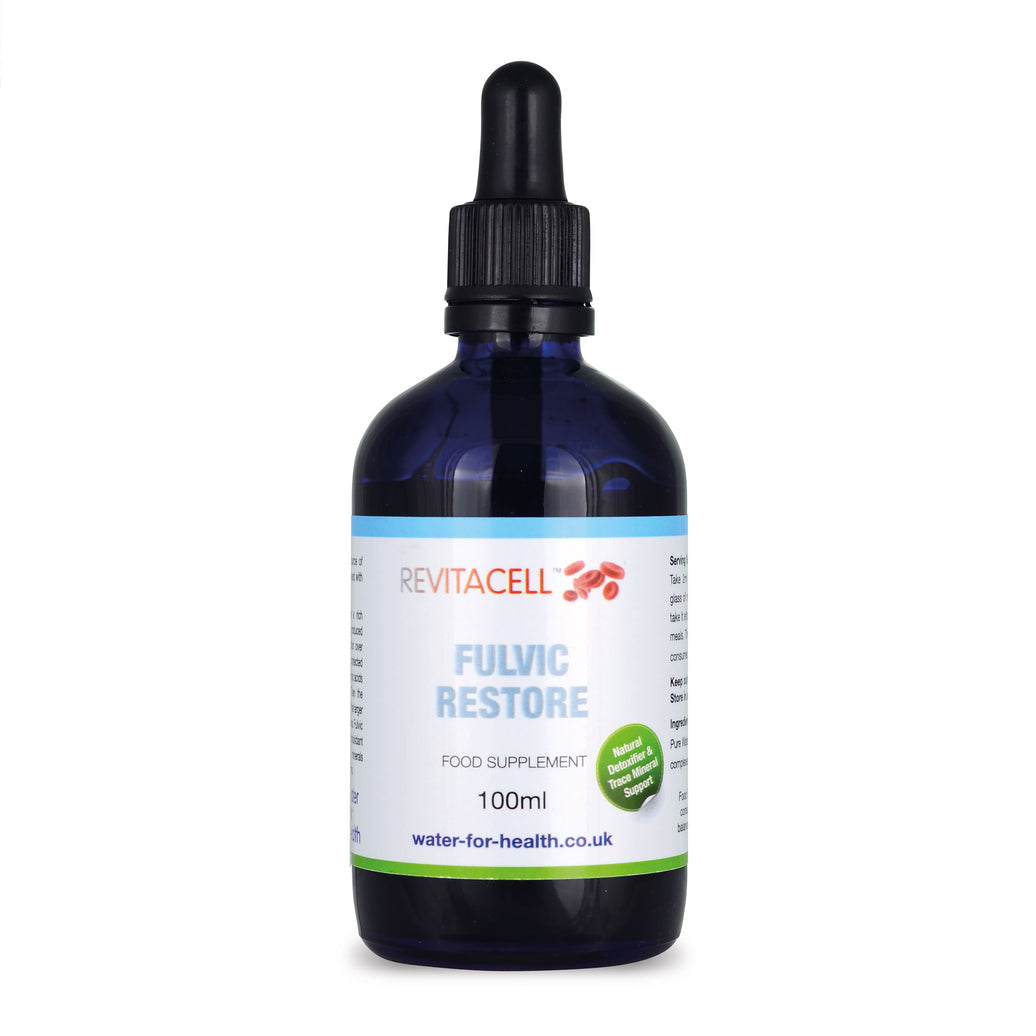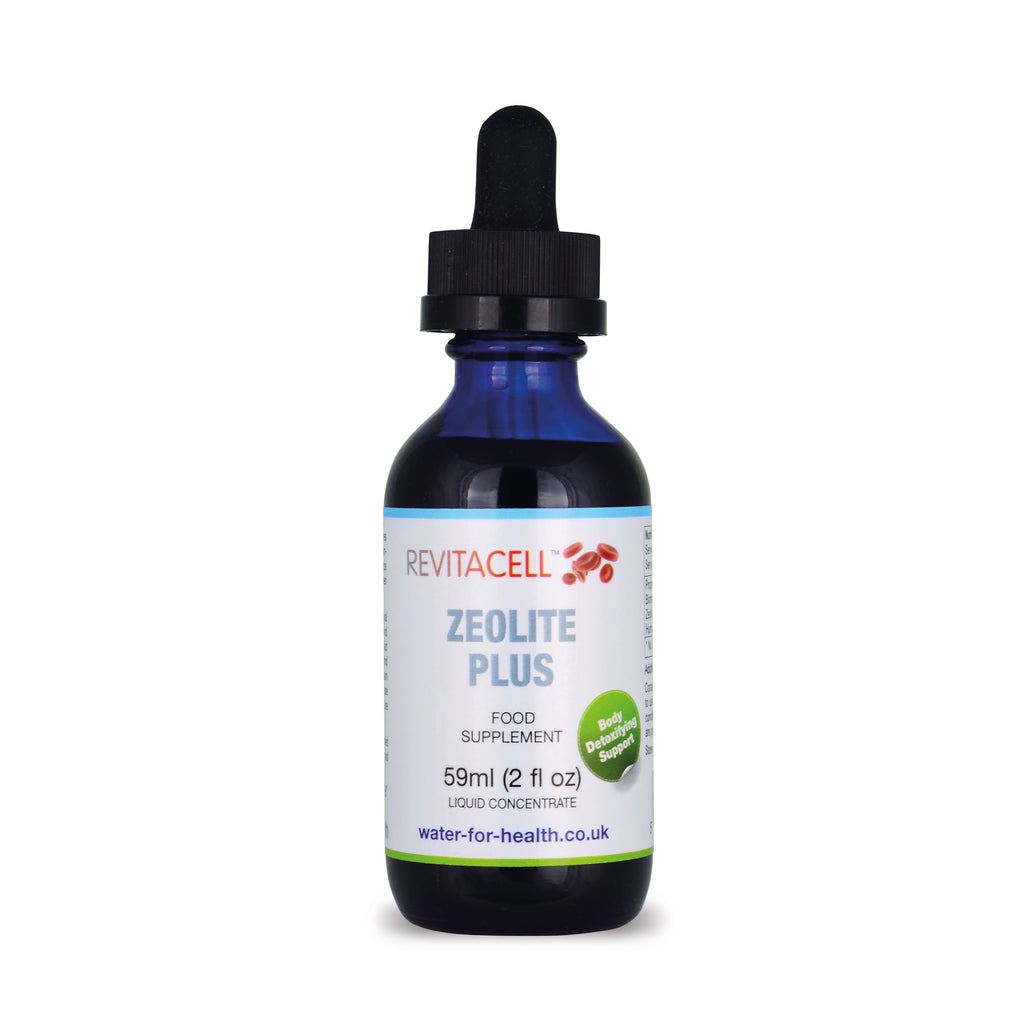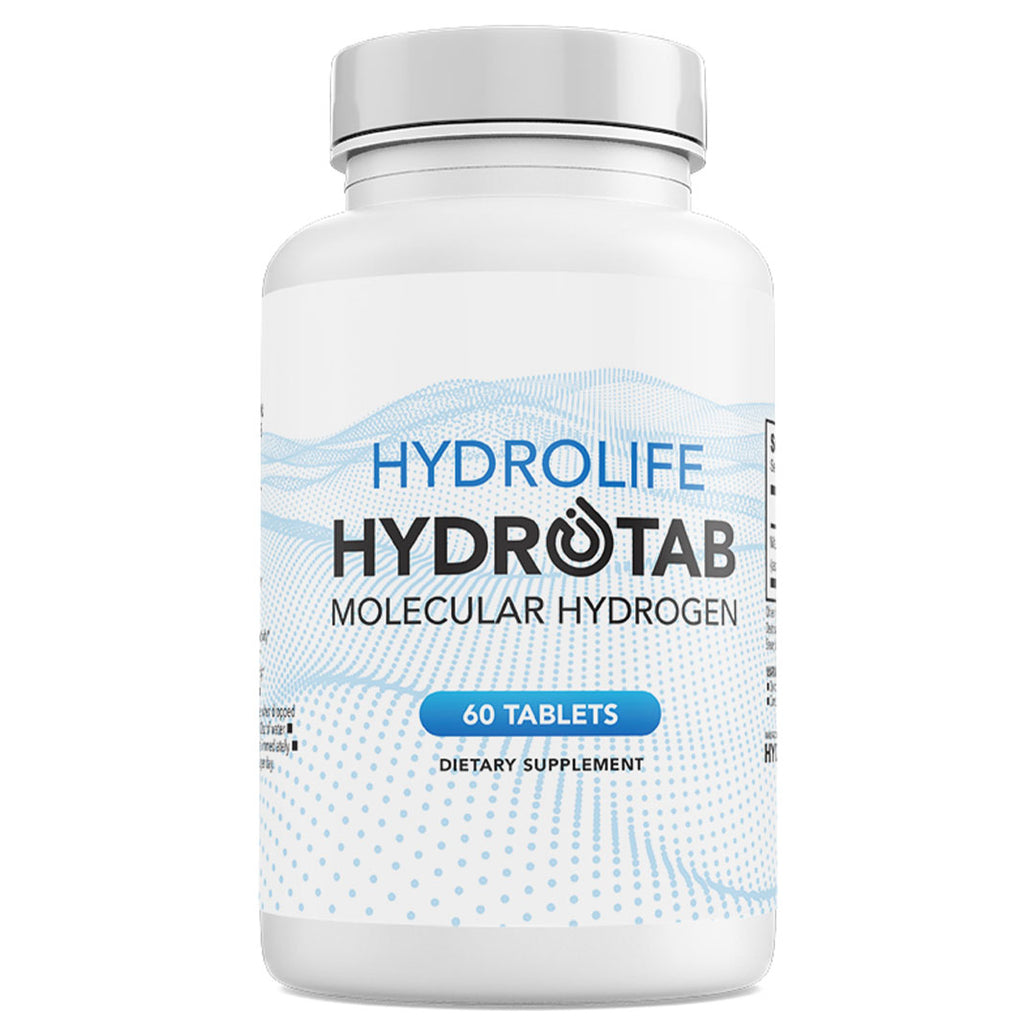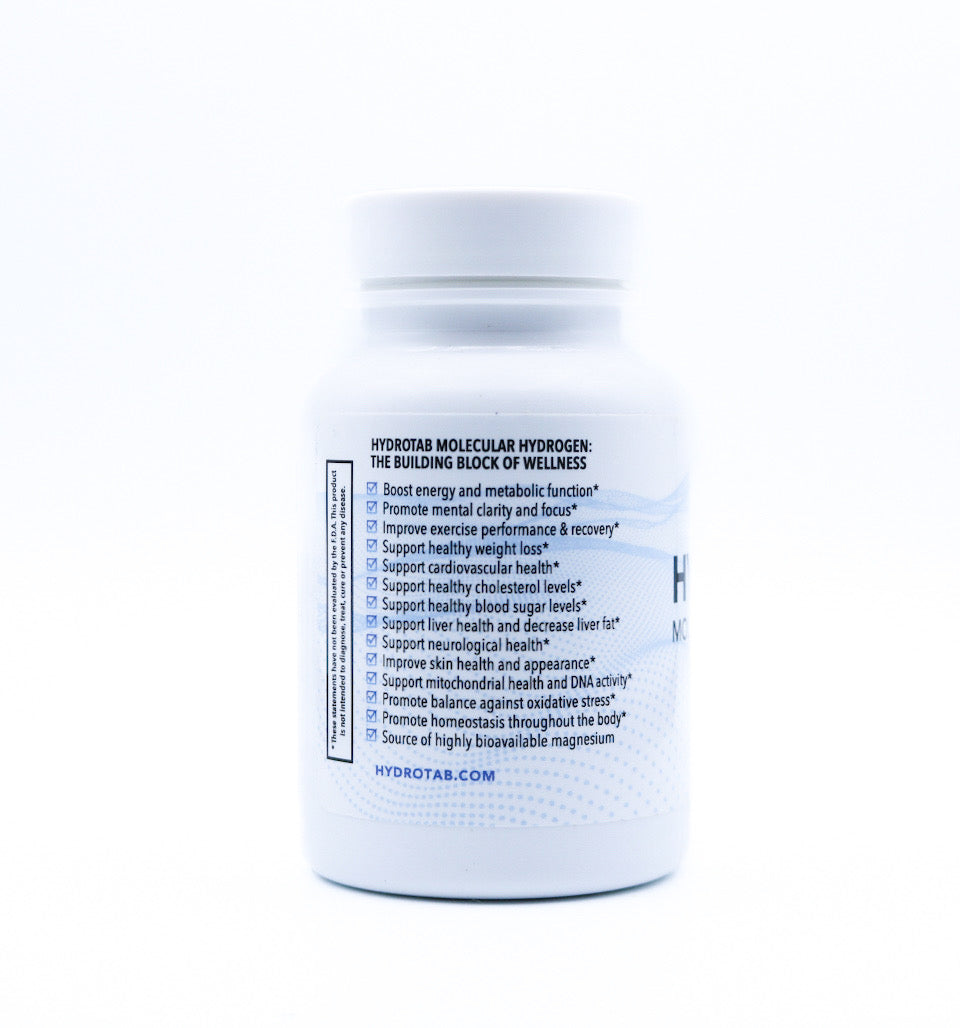Many of us have heard concerning whispers about hormones in our drinking water, but how much truth is behind these claims?
The question "is there estrogen in tap water" has become increasingly important as researchers uncover more evidence about what's actually flowing from our taps.
In 2002, a groundbreaking joint study by the BBC, the Independent, and the Environment Agency revealed some startling findings about British water quality. The research discovered that British men's fertility had declined significantly over the previous 50 years, and approximately half of the fish in British rivers had either changed sex or developed characteristics of both sexes.
The researchers identified a key culprit behind these changes - oestradiol, the most potent form of estrogen, which is present in our water supply. This discovery raised urgent questions about estrogen in UK tap water and its potential impact on human health.
Understanding the Source of Estrogen in Tap Water in UK
The presence of estrogen in tap water doesn't come from industrial pollution or agricultural runoff as many people assume. Instead, estrogen in water primarily originates from a very common source – the contraceptive pill used by approximately 2.5 million British women.
How Estrogen Enters Our Water Supply
When women take birth control pills containing oestradiol, their bodies process the hormone and excrete it through urine and faeces. This waste enters our sewage system, where it's treated and recycled back into our water supply. The concerning issue is that current water treatment methods don't effectively remove oestradiol from the water.
So when you ask "does tap water have estrogen," the answer is unfortunately yes - and it's been circulating through our system for decades while authorities have struggled to address the problem.
The Cost of Solutions
In 2012, the European Union discussed implementing measures to purify Europe's rivers, reservoirs, and tap water of oestradiol. However, the financial implications were staggering. For Britain alone, upgrading sewage networks and treatment plants to effectively remove hormones would cost an estimated £30 billion .
Predictably, this enormous expense led to the problem being deferred rather than solved. Politicians, water suppliers, the pharmaceutical industry, and consumers have all been reluctant to bear the financial burden of addressing estrogen in tap water throughout the UK.
The Potency Problem: Why Small Amounts of Estrogen in Tap Water Matter
Professor Charles Tyler of Exeter University, one of the leaders of the 2002 study, explained something quite alarming about estrogen in water. He described oestradiol as "so exquisitely potent" that the amount causing fertility and sexual problems in 50% of British fish was barely detectable in our drinking water.
This raises serious questions about human health impacts. If such minuscule amounts can cause significant problems in aquatic life, what might chronic exposure mean for people consuming this water daily?
The Cascade Effect on Human Health
Understanding concerns about estrogen in UK tap water requires recognising how hormones affect our bodies. Even tiny amounts can have significant impacts because hormones circulate throughout our bloodstream and influence every major system including cardiovascular, respiratory, nervous, skeletal, muscular, reproductive, digestive, and endocrine systems.
The health effects of hormonal imbalances can therefore be wide-ranging and complex, affecting multiple aspects of wellbeing simultaneously.
Beyond Estrogen: Other Hormones in Our Water Supply
When people ask "is there estrogen in tap water," they're often surprised to learn that estrogen isn't the only hormone present. Our water supply potentially contains various other hormones from different sources.
The Hormone Cocktail in Tap Water in the UK
Progestogens from contraceptives also enter our water system through the same route as oestrogen. Thyroxine is prescribed for hypothyroidism and ends up in wastewater. Steroids like cortisone, used for autoimmune disorders, asthma, and allergies, also make their way into the water supply. Body-builders using steroids contribute to this contamination as well.
Insulin use is increasing with rising diabetes rates, adding another hormone to the mix. Many people wash testosterone, oestrogen, and progesterone creams down the drain, directly introducing these hormones into the wastewater system.
The concerning aspect is that, like oestradiol, it takes only minuscule amounts of these hormones to potentially affect human health.
Potential Health Patterns and Concerns
While it's important to note that establishing definitive causal links between tap water estrogen and specific health conditions is challenging, researchers have observed some concerning patterns worth understanding.
Hormonal Conditions on the Rise
Adrenal Insufficiency: Addison's disease, where adrenal glands produce insufficient cortisol, is becoming more common in developed Western countries. One known cause is steroid consumption, which can suppress adrenal gland activity. Chronic exposure to steroids in water supplies raises questions about potential similar effects.
Early Puberty Concerns: Approximately one in every five thousand children shows signs of puberty at or before age seven. Research indicates that girls are starting menstruation and developing physically earlier than previous generations. While researchers have considered obesity, diet, and genetics as factors, the role of chronic sex hormone exposure through water consumption remains an area of investigation.
Rising Cancer Rates: Testicular cancer is increasing in developed countries, particularly among young men and children. Various other cancers affecting the pancreas, liver, thyroid, kidney, skin, and oesophagus are also rising, though establishing direct connections to oestrogen in tap water UK supplies requires more research.
What You Can Do About Estrogen in Water
Since water suppliers haven't implemented widespread solutions to remove estrogen in tap water, individuals concerned about exposure have limited but important options available.
Practical Solutions for Cleaner Water
The most effective current approach is installing a high-quality water filtration system designed to remove hormonal contaminants. The Energy Plus filter has been scientifically tested by the University of Edinburgh's Department of Engineering, which verified its ability to remove oestradiol from tap water.
This type of filtration system can provide peace of mind for families concerned about the long-term effects of consuming estrogen from tap water.
Understanding the Bigger Picture
While we wait for systematic solutions to address estrogen in tap water UK wide, understanding the issue helps you make informed decisions about your family's water consumption. The presence of hormones in our water supply represents a complex intersection of public health, environmental concerns, and economic challenges.
Moving Forward with Water Quality Awareness
The question "does tap water have estrogen" has a clear answer based on current research - yes, it does.
However, this knowledge empowers you to take appropriate action rather than simply worry about something beyond your control.
Understanding the sources and potential impacts revealed by research into estrogen in tap water can help you evaluate your options and choose the best approach for your family's health and wellbeing.
Key Points to Remember
The presence of estrogen in water is a documented reality backed by scientific research from reputable institutions. Current water treatment methods don't effectively remove these hormonal contaminants, and systematic solutions require significant investment that hasn't materialised yet.
Individual filtration solutions can provide effective protection while broader systemic changes are developed. The health implications of chronic hormone exposure through water consumption continue to be studied, making prevention a sensible approach.
Quality water filtration systems like the Energy Plus filter offer scientifically verified removal of oestradiol and other contaminants, providing a practical solution while larger infrastructure improvements are considered.
Taking Control of Your Water Quality
Rather than feeling helpless about estrogen in tap water, you can take concrete steps to protect your family's health. Investing in proven filtration technology provides immediate benefits while supporting your long-term wellness goals.
The research about estrogen in UK tap is clear enough to warrant taking protective action, especially given the relatively affordable cost of quality filtration compared to potential long-term health concerns.
Understanding these issues empowers you to make informed decisions about something as fundamental as the water you drink every day. While we can't immediately solve the broader systemic problems, we can certainly take effective action to protect our own households.
